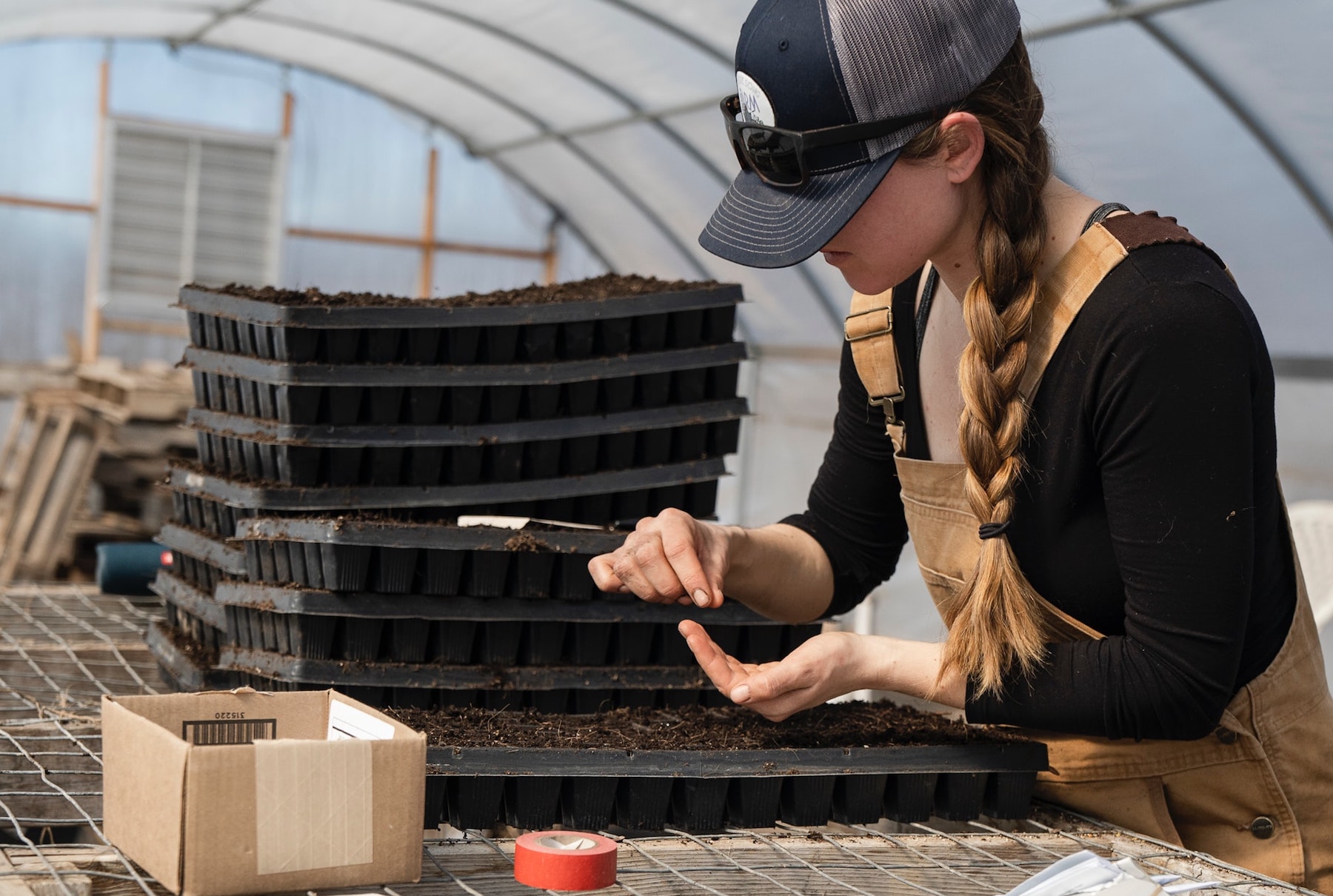How to start a market garden

A market garden is a type of farming where crops are grown for local markets. It's a centuries-old practice that's making a comeback in today's sustainable food movement and growing climate change awareness. Aside from providing fresh produce for your family, friends and neighbors, starting a market garden can be a good way to make money - especially if you have the land (or access to it) required to grow food.
In this article we'll explore what it takes to start your own market garden business, including how much money you'll need upfront and how much you might expect to make each year once you're up and running.
Know your land
Know your land. It's important to know what you're getting yourself into before you spend money on a market garden. This means doing a soil test, checking for drainage and asking the local council about any restrictions on the use of your land.

Check your zoning laws. Before you start digging up fields, it's a good idea to check with your local municipality about zoning laws for commercial agricultural use (and even residential farming). The last thing you want is to get started only to find out that what you've been thinking of as an ideal setup isn't actually allowed by law!
Capital required to get started
The first thing you'll need is money. A lot of it. And the good news is that there's a wide range of options for raising capital, depending on how much you have and what type of entrepreneur you are.
If you already have some savings or assets, such as a house or car that could be sold at a decent price (or even paid off), then great! Use those funds to get started. The downside here is that if your investment strategy involves taking out loans against this collateral, then interest payments will start adding up quickly—and fast! So we recommend using these funds only if they're necessary (for example, if other sources aren't available).
Your climate
The next step is to analyze your climate. There are four main factors that affect the success of a market garden:
- Temperatures
- Rainfall
- Sunshine
- Wind
The first thing to consider is the climate of your area. You can find this information on the internet or by talking to local farmers, but if you’re not sure where to start, contact your Cooperative Extension Office. This agency is usually located at land grant universities and provides free advice for local farmers.
Where will you sell your produce
You can sell your produce at farmers’ markets, directly to customers, or both. Farmers' markets are a great way to get started selling your produce because you are able to meet people who have an interest in buying locally grown food and getting acquainted with the other farmers selling their products.
You will also be able to learn more about how the market functions and how you might be able to operate in it effectively so that you can continue selling your product once the season ends.

Although farmers' markets are great places for getting started selling your products, as soon as possible it is important that you also consider selling directly from your farm if possible so that there is less overhead involved with doing business (i.e., no need for parking fees).
This option may not always be available depending on where exactly it is located but if this does work out for you then it can become very beneficial since there isn't any middleman taking away profits from what would otherwise go into your pocket!
Have a “soft opening” and get feedback from customers.
Start by having a “soft opening” of your market garden. This is when you invite family and friends to come try what you've made, but don't charge them for any products. By doing this, you'll get feedback from the people who matter most: your customers! When they give feedback (and they will), listen carefully and take action based on what they say. Be open to changing things up in order to keep improving your product offerings and customer experience - mistakes are good here since they're often how we learn!
Keep track of expenses and income from your sales
To start a market garden, you'll need to keep track of your expenses and income from sales. Make a list of all the things you expect to spend money on. Examples include seeds, tools, fertilizers, land fees and gardening supplies like pots and trellises.
List what each item costs in your spreadsheet or on paper if using pen and paper is more convenient for you (you can always transfer this information into a digital format later).

Calculate how many plants have to sell in order to cover all these expenses by taking into consideration the cost per plant (for example: 1 tomato plant sells at $5). If it’s less than that number then it means there’s no profit; if it’s more than that number then there's profit left over after covering all expenses
Don't be afraid to try new things
Don't be afraid to try new things. If you've always been a meat and potatoes type, don't be afraid to experiment with other types of food. You might find that you like it, or even love it!
-
Ask for help when you need it - people want to help, but sometimes they don't know how much assistance is needed (or if it's possible). Sometimes just having someone there listening can make all the difference in the world.
-
Make mistakes - everyone makes them, so don't let that prevent you from trying something new! As long as no one gets hurt by your mistake (including yourself), then there's no reason not to learn from it.
-
Change your mind - if at first something isn't working out like how you thought it would originally planned out in your business plan, then change course! Don't stick with something just because "it was part of my original idea" or "it worked last time."
What to expect in year 1
You will be busy. Really busy. You’ll be doing a lot of work, and you won’t want to stop for a second. But there will also be days when you don’t feel like doing anything at all because your body aches from working so hard.
Plan for year 2 before you even start planting seeds in year 1, so that when the first harvest comes in, you have someplace to sell it or store it between markets. Don't get discouraged if this part doesn't happen right away—it takes time to build up relationships with buyers and find storage space!
Conclusion
I hope this post has given you some ideas on how to start a market garden. If you are still unsure, try speaking to someone who already runs one, or look at some other blogs on the topic. The most important thing is that you find what works for your business and makes it sustainable!
Try MarketGardenPro for Free